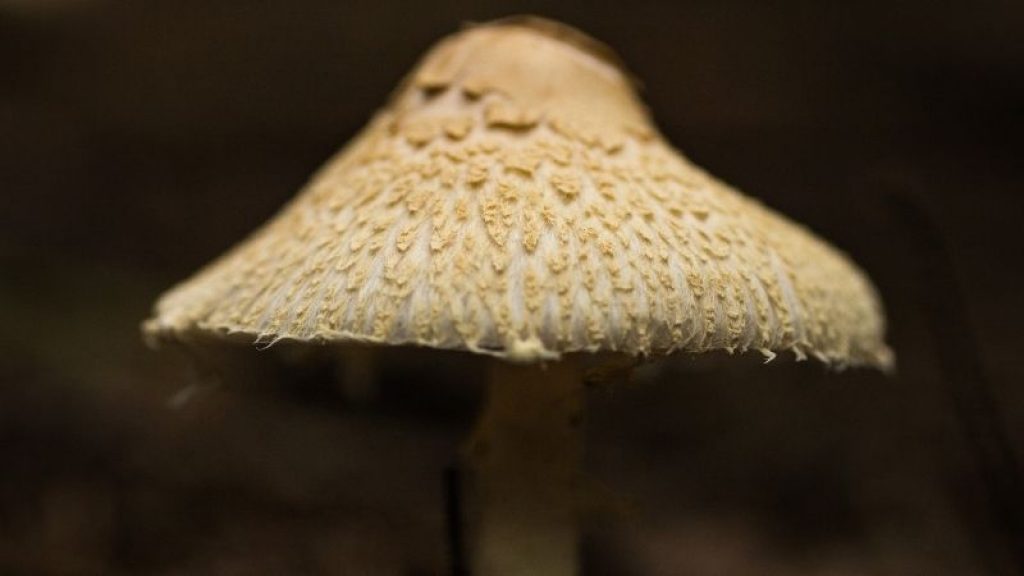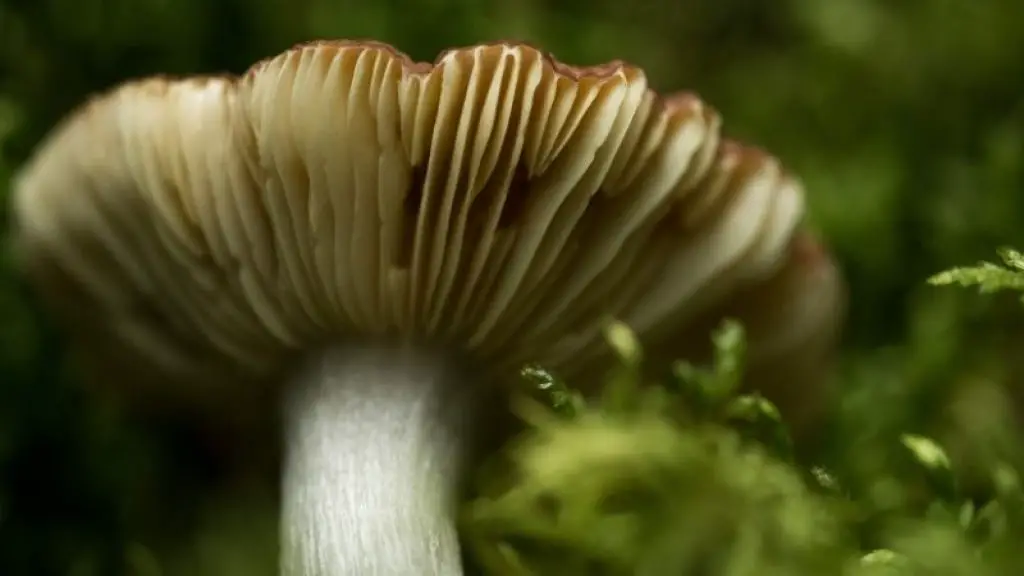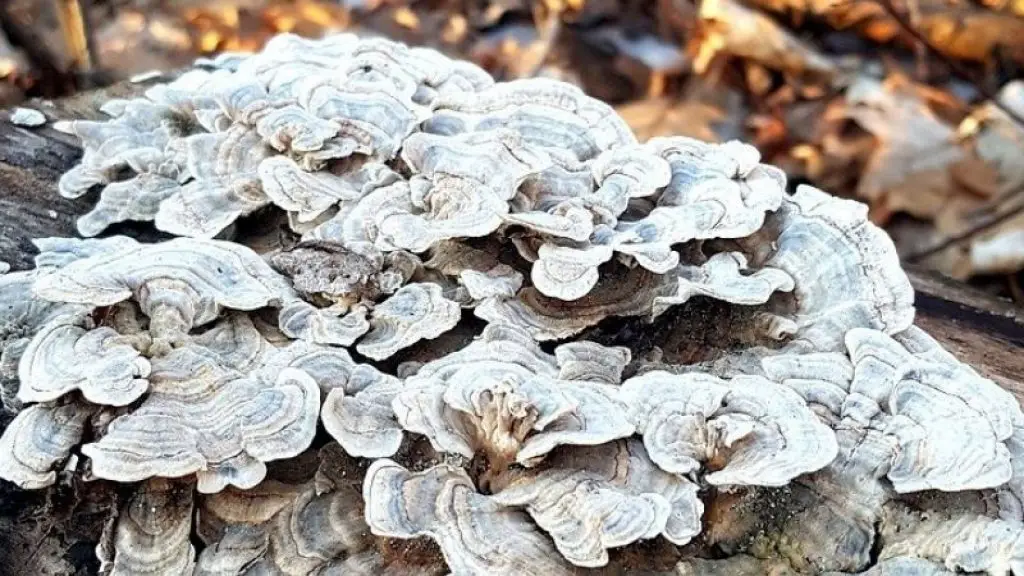What is Mycelium Piss? Know the Secrets in Mushroom Cultivation

Searching about Mycelium Piss and couldn’t find any relevant article. Well, then sit back and relax as your search is over. This article is providing you everything you need to know about Mycelium Piss or metabolites. So without any further ado, Let’s dive right into the topic:
There is a link between Mycelium and Fungus which you must have to understand before we begin this topic. There are more than one million fungi species that exist around the world with many speculating that thousands are still not discovered yet.
Mycelium has many advantages for our ecosystem. When you will know its advantages, you may arrange a “Thank you ceremony” for them. Don’t worry, you don’t have to search for these advantages anywhere to get out of curiosity, we are also describing them as well along with the fungal pigmentation phenomenon.
What is Mycelium?
The vegetative part of a fungus or fungus-like bacterial colony which will play the key role in Nutrient uptake is known as Mycelium. It has a thread-like structure called Hyphae. With the help of this mycelium structure, the fungus absorbs nutrients from the soil/environment.
- Fungal colonies are present in the soil and many other substances as well.
Want to know the importance of Mycelium in Mushroom Cultivation? Well, you have to because Mycelium piss is related to it. But first, let us say that you would not have mushrooms if Mycelium was not there. Mycelium is the roots of the Fruiting body (Mushroom) and is key in the uptake of nutrients and water.
Important Note: If you are growing Mushroom, make sure it has fully colonized the substrate (medium) before the beginning of fruiting. Why? To know this, read the Importance section!

What is Mycelium Piss?
Mycelium piss or Mycelium metabolite is the exudate (secreted product) from the fungus. During the colonization period in a jar or any other medium, white Mycelium can turn into Yellow or brown color. This is also known as Fungal Pigmentation among the scientist community.
In this case, this may happen when fungal immunity collides with minor contamination. But this is good news for its growers as this means Fungus is successfully resisting contamination. Therefore, whenever you observe yellow pigments or Mycelium piss, just think that the immunity is defending its “territory.”
The other reason for the color change in the substrate is when you add too much water to the substrate or you are growing your mushroom indoors with a high-intensity light. How do this excess water and high-intensity light cause Mycelium Piss? We have told it later in this article!
Why Mycelium is so Important for Plants?
There is no denying the importance of Mycelium. Plants (and mushrooms) cannot develop properly without mycelium. To get a clearer picture, read its benefits:
- Mycelium is very important for soil invertebrates as they are their food source.
- Mycelium is key for plants’ health and fitness. It helps in Nutrient intake which leads to the growth of the plant. How? Well, Mycelium is important to decay organic matter in the soil which releases nutrients aka Plant food.
- Just remember on rule, if your soil is rich in organic matter, then there must be mycelium present there. There is no need to worry if there is Mycelium present in the soil. In fact, it is good news as having Mycelium in the soil is an indicator that your soil is full of nutrients.
- Moreover, some studies even got the results that Mycelium can also act as a filter. It can remove contaminations and pollutants from the ground soil. These include pesticide chemicals, chlorine, PCBs, etc. Pretty exciting Right?
- Mycelium has the characteristics to hold water. it means that it can increase the water retention ability of soil. So, you will have to add less water if more mycelium is present there.
- Mycelium promotes root growth which leads to more nutrient uptake. All ecosystems and agriculture crops depend upon the mycelium to survive. This statement itself is enough to show the importance of Mycelium.
- As we have mentioned Mycelium breaking down Organic matter, with this action it adds nutrients like Nitrogen and phosphorus. Moreover, it also adds several micronutrients like magnesium, zinc, boron as well. Thus, by breaking down organic matter, it makes the soil fertile.
- Mycelium improves the immunity of the host plant via bioactive compounds found only in it. How? The mycelium produces enzymes and metabolites which are introduced in the substrate to create protection.
So if you were searching if mycelium pee is bad, then the clear answer is No!

Mycelium and Mushroom
Mycelium is asexual until it forms “dikaryotic mycelium” after joining with another mycelium. It is these mycelia that grow a fruiting body called mushrooms. The roots of the mushroom are called Mycelium and it stays in the soil for organic matter. This mycelium is composed of thread-like filaments called Hyphae. This hypha extends grows into the soil, wood, and other substances to benefit plants by uptaking nutrients and water. Have you ever seen some white thread-like structures coming out of a rotten tomato, these are hyphae.
Mycelium is the heart of Fungi as it is their vegetative part. But this mycelium just does not benefit Mushrooms. It works symbiotically with other living organisms a well. Thus, it not only benefits mushrooms but also benefits the entire ecosystem. This whole phenomenon is known as the Wood wide web.
Monotub Mycelium turning Yellow during Mushroom Cultivation
The Monotub method is a method to grow manure-loving Shaggy Mane Mushroom. In Monotub, we use substrate in bulk, one alcohol spray bottle, one water spray bottle, Latex gloves, 70 percent rubbing alcohol, gorilla tape, and black spray paint for growing Mushrooms. This method also experiences yellowing.
First, we buy mushroom grain spawn. Grain spawn is an essential component in this method and it is a sterilized grain that is colonized with Mushroom Mycelium. Grain Spawn should be colonizing and ready to be added in the monotub. It can be bought online or you can make it yourself as well.
For dung-loving mushroom species, Grain spawn is not easily available. So, for that, get in the lab and start forming Sterilized Mushroom Mycelium colonization first. The color of these may turn yellow at some point. Two main reasons are discussed: One is that there is contamination in the spawn. The other reason is that you added too much water to your substrate.
Another reason for yellowing is the Lights you are using. It is the least common one. Don’t use high-powered bulbs or tube lighting. Use Led lightening 450 nm/ blue.
Is Mycelium Harmful to Humans?
Mycelium is connected with Fungus and some Fungi are harmful to humans. One study shows that over-exposure to fungus is linked with Asthma and other respiratory diseases. The fungus can also cause allergies or skin diseases as well. Be careful if you are living in that area where the fungus is spreading. But that’s one side of the story!

The other side of the story is that Fungi is not that bad. In fact, it is bad for just a handful of people who are either exposed to rare & dangerous fungi or are allergic to it. Fungi in history and till now have proven to be really effective. For thousands of years, fungi is used in fermentation in the production of yeast.
Three decades ago, humans did an experiment on the liquid fermentation of fungi. It proved successful and we developed our first medicine “biosynthetic insulin” from fermentation. Moreover, fungi are used in the beverage industry as well.
Fungi are directly helpful for plants and indirectly to humans when they break down organic matter and release nutrients like Nitrogen, phosphorus, Carbon into the soil and into the atmosphere. So fungi and its vegetative part Mycelium is actually good for us.
Final Words
In a Nutshell, Mycelium is the heart of all the Nutrient consumption cycles. It plays its part in the breakdown of organic matter which releases nutrients. Moreover, mushrooms uptake nutrients and water with the help of mycelium as well. Sometimes, the yellow pigmentation known as Mycelium piss is caused due to the immunity of mycelium itself.
The Mycelium immunity fights off any contamination causing the yellow pigment to appear. You don’t have to worry about it as it is a sign of stronger immunity. Take care of your substrate for better Mushroom Cultivation. Add optimum water and provide suitable light as well.
If you liked this article on Mycelium piss, then don’t forget to comment on what you want from us to write on in the future!
FAQs:
What does mycelium Pee mean?
Mycelium pee or Mycelium piss means the yellowing of the mycelium substrate in the colonization of mushrooms. Mycelium piss is an exudate of the fungi. It can happen due to numerous reasons. The most common one is that there is a contamination in the jar or the medium you are colonizing. If there is contamination, then the immunity of mycelium will fight that contamination turning the medium yellowish. Another reason is if the substrate is too wet. If the substrate is wet, its color will change as well into yellowish-brownish or sometimes black. The third reason is you are using high-powered bulbs or lighting tubes which is affecting the substrate. It is the least common reason for color change.
What happens if mycelium gets wet?
Too much water can make the substrate soggy and will also invite “bad things”. This standing water will promote not only molds but also bacterial growth. You can call both of these “bad things” enemies of mycelium as they compete with it. But that does not mean moisture or water is bad for the substrate. We have to maintain the optimum moisture level in the substrate to get the desired result. We may even soak our substrate in the water on the first day.
So, what to do if we deal with standing water in the substrate? The simple answer is “drainage.” If you are using bins or bags for this, then add small holes in the bottom for drainage purposes. If you are growing it outside on the beds, then it still should have a drainage system to remove excess water, otherwise, it will encourage bacterial growth and molds.
Can Mycelium be yellow?
Yes, Mycelium can be yellow due to a reason. The main reason is that there is a bacteria or contamination in the medium and mycelium is trying to fight it. This causes the color to change yellow. You can also observe other colors as well. These are blue and black depending upon the situation. When Mycelium is bruised, then it displays a bluish color. When there is some problem with the substrate, then it turns blackish.
Are you confused about whether Is it Mould or mycelium?
It is hard to distinguish mold from mycelium. But there are some differences. In Mycelium, there are very small vein-like lines that radiate. These are not present in the mold. The other difference is that mold appears a slight bluish. These two are the biggest signs to distinguish whether there are molds or not. If you do detect Molds, get rid of them. Don’t think that Mycelium immunity will overpower the molds because most of the time, it hasn’t.
Related Topics:








